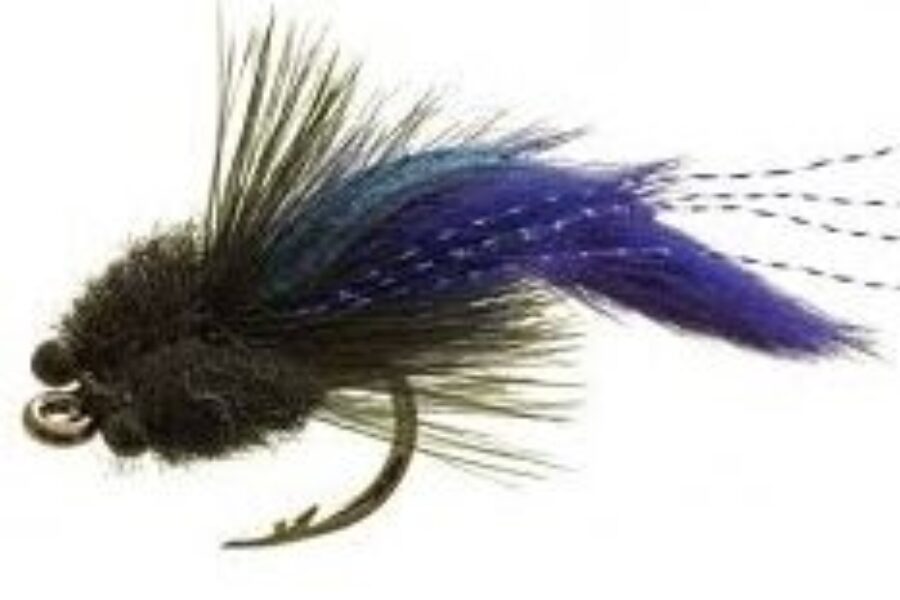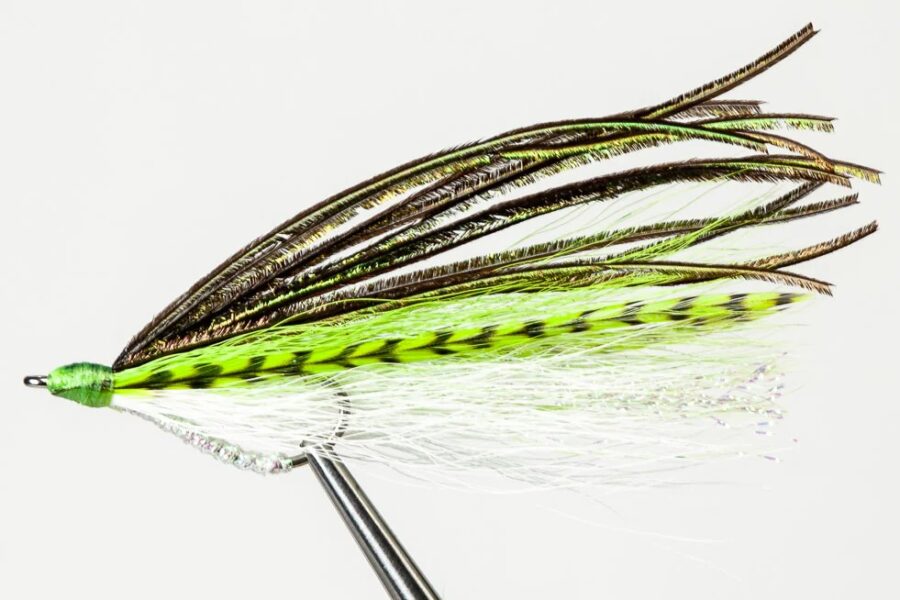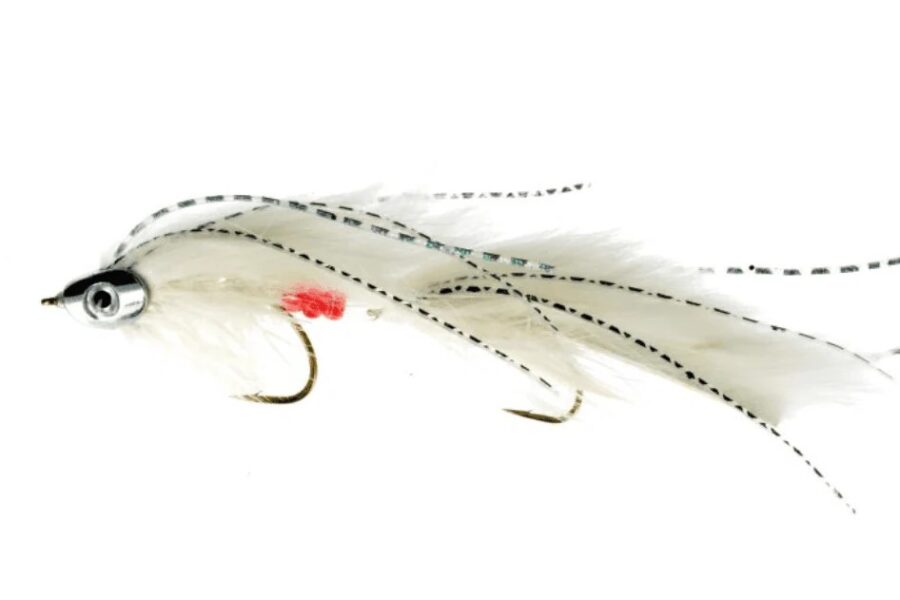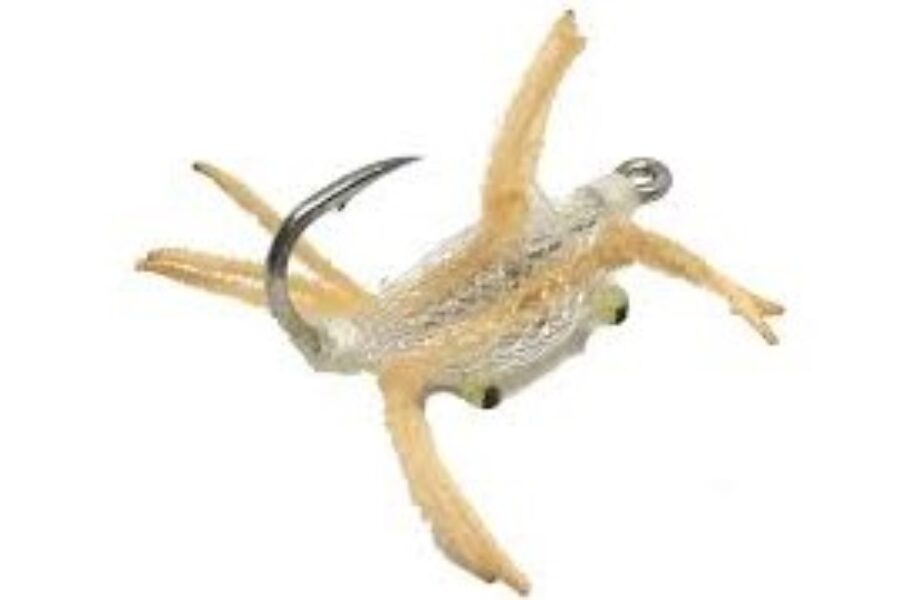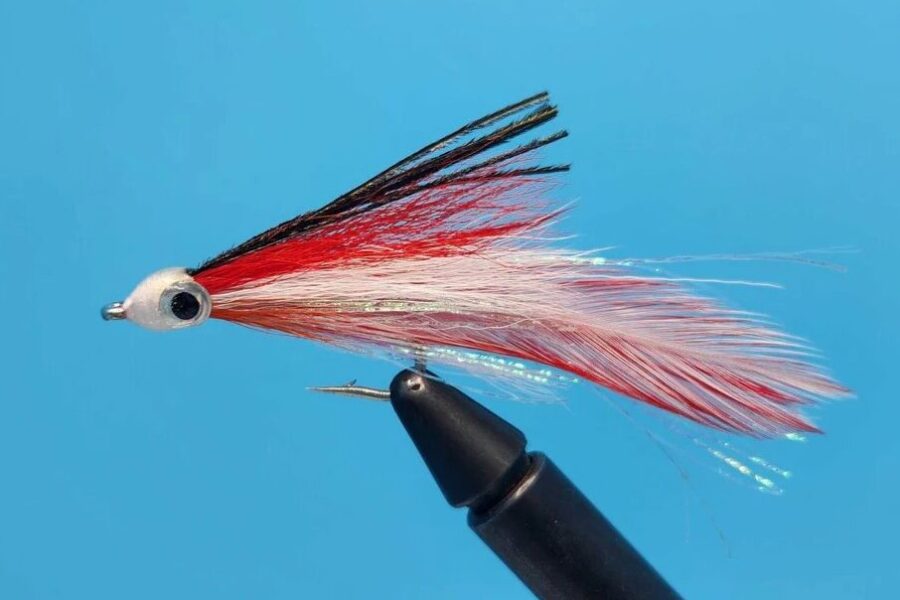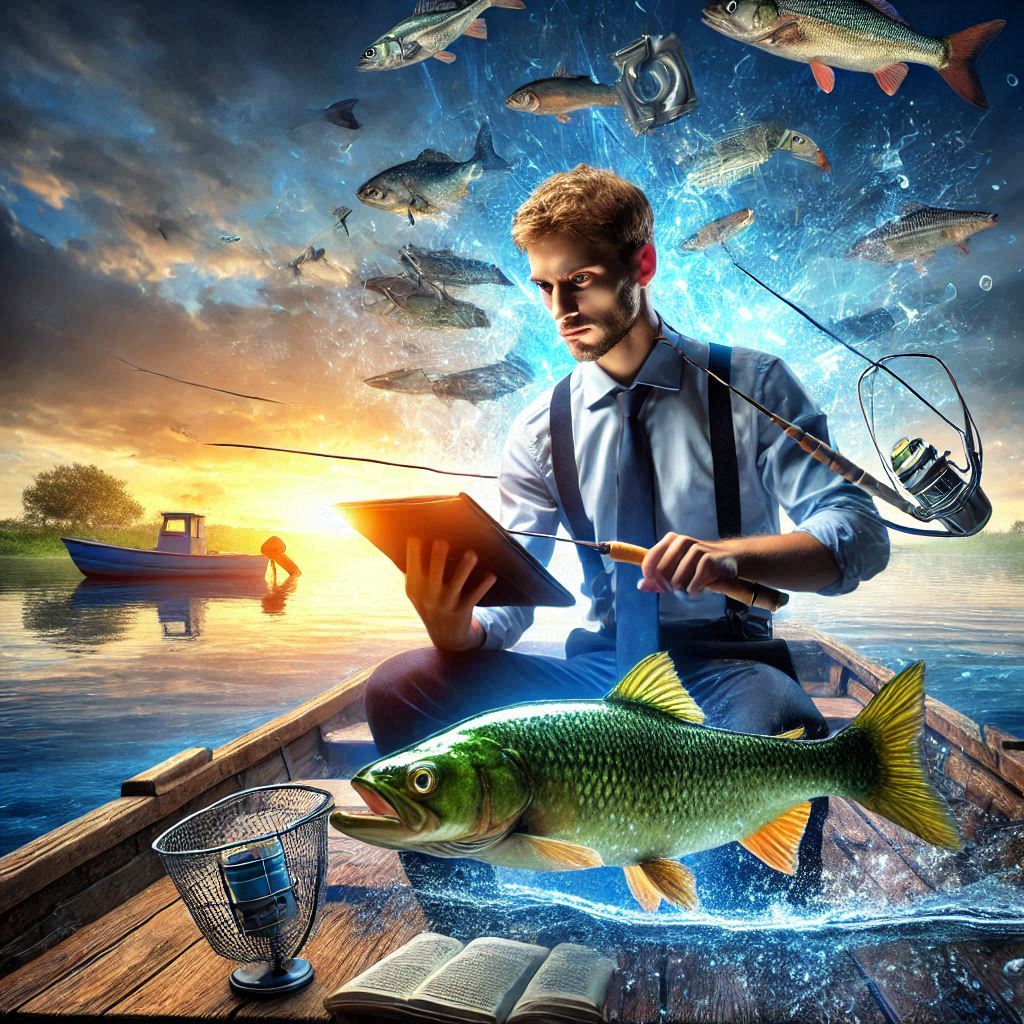15+ Expert Fishing Guide Tips to Improve Your Catch Rate
Essential Fishing Tips for Beginners and Experienced Anglers
When was the first time that you caught yourself a fish? Fishing is a great hobby that has something to offer everyone, and the information here will show you how to achieve success when you fish, whether you’re a beginner or looking to enhance your existing skills.
Getting Started
Selecting the Right Equipment
Don’t pick the most expensive gear if you’re a novice. Expensive equipment is unnecessary and won’t increase your odds of catching fish if you don’t know how to use it properly. Pick the gear that falls into your lifestyle and skill level for a better experience. Focus on quality basics rather than fancy features you may never use.
Hook Maintenance and Selection
Your hook must be very sharp if you want to catch lots of fish. If hooks aren’t sharp, the fish won’t be interested in your bait, and you won’t catch anything. Every good angler understands the importance of sharp hooks. If a hook can scratch your fingernail then it’s good enough for you to use. If your hook does not pass this scratch test, replace it or sharpen it if you wish to catch additional fish.
Learning from Experience
Go with an experienced angler if you are a beginning fisherman or wish to learn how to catch something new. They will teach you the best fishing areas and provide the knowledge you need to stay safe and have fun. This mentorship can significantly accelerate your learning curve and help you avoid common mistakes.
Advanced Fishing Techniques
Strategic Positioning
Look for a spot where fish are congregating, and then find an area upstream to cast from. This will take your bait to drift right by the targeted fish. The bait will look more natural and better attract fish to your lure. This technique is especially helpful when fish are collected under a rock or other obstruction, as it presents the bait in a more natural way.
Weather Awareness
Never embark upon a fishing trip without first checking the weather forecast. You should keep a radio with you during your fishing trip since weather tends to change quickly. Understanding weather patterns and their effect on fish behavior can greatly improve your success rate.
Patience and Technique
Stay calm when you catch a fish on your line. You may have to fight, but don’t attempt to reel it in too quickly since you will risk breaking your rod. Set your drag properly so the fish tires out and you can reel it in gently. This measured approach increases your success rate significantly.
Reading Fish Behavior
Pay attention to the movements of a fish when reeling it in. The jumping should slow until your fish rolls over on its side. This is a sign that the fish is tired and ready to be pulled in. Learning to read these signals improves your landing success rate.
Equipment and Preparation
Equipment Maintenance
Take care of your fishing boat’s battery so you will be able to fish as soon as spring starts. If you store it in a basement or garage, cold temperatures may compromise the life of the battery. Regular maintenance of all your equipment ensures reliability when you need it most.
Safety Precautions
While having the right flies is essential, safety should always be your primary concern. Some types of fish can be aggressive and are likely to try to bite you with their razor-sharp teeth. Wearing gloves will make it easier to dislodge the hook and release fish safely. Never compromise on safety equipment.
Trip Preparation
Make sure that you have included everything you will need for the day before you leave for your fishing trip. Having to return home after you’ve forgotten something can be frustrating and waste valuable fishing time. Make sure you take sufficient food, bait, and appropriate clothing for changing weather conditions.
Best Practices
Proper Fish Handling
Don’t fight with the fish you’re catching if you plan to release it. Fighting the fish can cause it serious injury. Just cut the line if you have a hard time bringing it in. Understanding proper catch-and-release techniques helps preserve fish populations for future generations.
Size Management
Just release any large fish that turns around when you start to reel it in. Your line will be too short to pump and back in again. Next time this happens, you’ll want to wait longer prior to reeling it in. Experience will help you judge the right timing.
Regulatory Compliance
Always know the local fishing laws and regulations. Some lakes and rivers cannot be fished, while others may have banned specific kinds of bait. Contact the local government if you are not sure about restrictions. Staying informed helps protect both the environment and your fishing privileges.
Encouraging Young Anglers
If you take kids on a fishing trip, be sure to show excitement over anything they may catch, irrespective of catch size. Building confidence and enthusiasm in young anglers helps create lifelong fishing enthusiasts.
Understanding Fish
Understanding Fish Behavior
Always research before each fishing trip. It is essential to understand how fish minds work in order to catch them consistently. Fish may not be the smartest creatures, but they’re not dumb either. You will increase your chances of success if you understand their patterns and behaviors in advance.
Specialized Fishing Knowledge
Bait Selection
If you want to catch bigger fish, it’s important to use larger sized bait. Bluegill and Crappie are two excellent types of bait for big fish. Match your bait size to your target species for best results. When it comes to trout fishing specifically, artificial trout flies offer another highly effective approach for catching these selective feeders.
Specialized Trout Fly Selection
For anglers targeting trout, choosing the right fly fishing pattern can make the difference between success and a fishless day. Two classic patterns have proven themselves time and again across various conditions.
The Elk Hair Caddis stands as one of fly fishing’s most versatile dry fly patterns. Its distinctive elk hair wing and dubbed body perfectly imitate adult caddisflies, which make up a significant portion of a trout’s diet. The natural buoyancy of elk hair keeps this fly riding high on the surface, making it especially effective during evening caddis hatches or when fishing fast-moving water. The pattern’s effectiveness lies in its ability to create a realistic silhouette that triggers trout’s feeding instincts.
The Muddler Minnow represents another essential pattern in any trout angler’s box. This innovative design can imitate everything from small baitfish to grasshoppers, depending on how it’s fished. The spun deer hair head creates a push of water that attracts attention, while the marabou tail provides lifelike movement. Whether stripped through deep pools or skated across the surface, the Muddler Minnow’s versatility makes it a go-to choice across different seasons and water conditions.
Remember that always to carry multiple sizes to match the natural insects or baitfish present in your fishing area. Give a closer look to local hatches and adjust your fly selection accordingly.
Take the ideas presented here and share these nuggets of wisdom with the fishers in your life. They’ll be surprised by how much knowledge you now have, and they’ll be touched that you shared this knowledge with them. You can all share in this rewarding hobby and create lasting memories together while developing your skills and understanding of the art of fishing.

